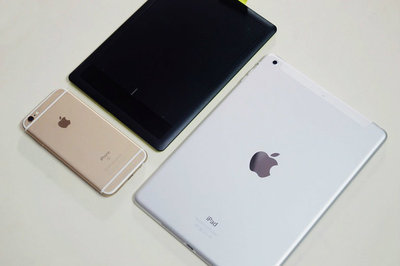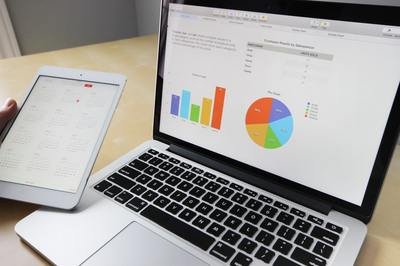Health apps, wearables and the potential for EHR integration
With the rising popularity of health and medical apps for smartphones and wearable health technology such as fitness tracking devices, some professionals have suggested a degree of EHR integration so that this data can be used as a means for tracking fitness, heart rate, sleep and other features. While I believe health apps and wearable health technology have their role in the health field, at this point I don’t think they should be integrated into EHR software.
Time drain
Clinically, incorporation of health apps and wearable health technology may appear as follows: a physical therapy clinic partners with a fitness coaching application that is synced to a patient’s wearable device. While this partnership seems logical, for the clinician it is another component that must be documented, another system to monitor and another patient compliance hurdle to overcome. If someone forgets to wear their device, then there is no patient data collected and the clinician is wasting their time.
Regulatory and security issues
Health apps and wearable health technology are not regulated or recalibrated in a manner that medical equipment is regulated. There is a great potential for error in recording data. As an example, a good friend of mine accumulated several hundred “steps” on her wearable device every time she blow dried her hair. Similarly, when pushing her child in a stroller for one mile, she had no credit for her walk, as the arm was stationary pushing the stroller. Clearly, these are errors in recording data. Although these errors are small and relatively insignificant for an individual, if automatically uploaded into a physical therapy practices EHR, it would skew the dataset for that particular patient and .
Health apps and wearable health technology can act as great sources of motivation for patients who are struggling to hold themselves accountable to exercise. By making a game out of fitness or by checking in with other individuals or coaches, they can find motivation to exercise that they may not otherwise have. However, this motivation can be short lived. Just like the New Year gym membership, after one month of solid effort and commitment, it can quickly turn to an occasionally utilized application.
Medical apps and EHR integration
Non exercise-based medical apps do, however, have their place as an adjunct to medical care. For example, a post-surgical app may help remind a patient when to perform their therapeutic exercises, use ice, or take their pain medication. Additionally, a diabetes-specific app could be used as a means to record blood sugars and insulin dosing. For the right tech-savvy patient, these can be great alternatives to pen, paper and a clock. However, at this point in technology, I don’t believe that they should be fully integrated into EHR due to variability in patient compliance.
Health apps and wearable health technology are fun and can be a motivating tool for the right individual. However, they should be used for motivation, personal tracking and as an adjunct to traditional medical care. Integration with EHR is not appropriate at this point in technology. As technology progresses and the patient population becomes more tech-savvy,, wearables may be able to more accurately track patient health data and their potential for EHR integration may increase.
Free white paper

EHR Vendor Directory
Get the most up-to-date directory of EHR software vendors. Find the best software for your practice.

Featured white papers
Related articles
-

Cloud EHR: a complete buyers' guide
Thinking about a cloud EHR for your practice? Read our comprehensive guide first.
-

iOS and Android mobile EHR apps: everything you need to know
Everything you need to know about mobile EHR - features, benefits, recommended apps and more
-

Integrated EHR and practice management solutions: could they work for you?
What fully-integrated EHR and practice management tools can offer your practice.



